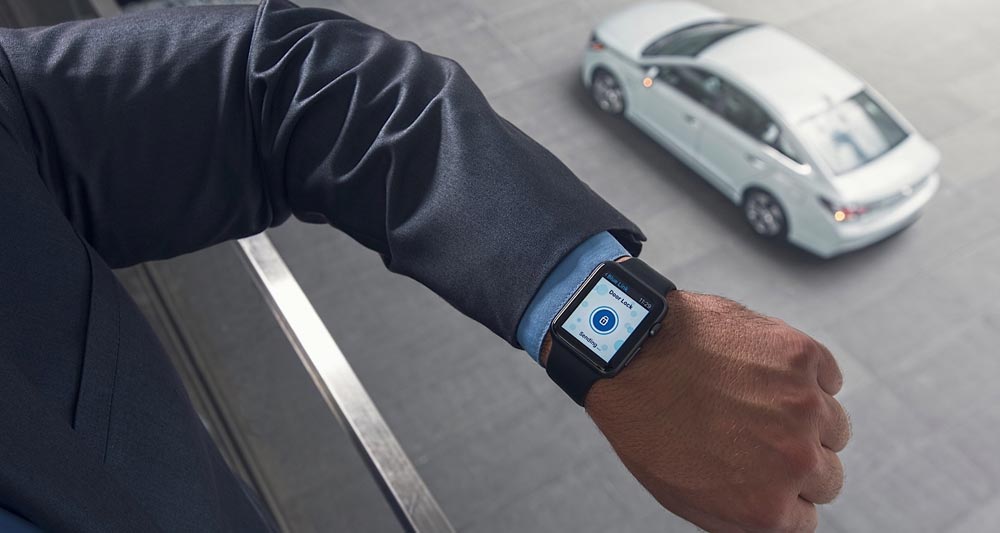
Removing Friction
Dan Frommer from QZ has written an article about his experience wearing the Apple Watch and how it may be the start of devices communicating with each in ways we haven’t experienced much of yet.
Starwood, one of the world’s largest hotel chains, is in the process of outfitting thousands of rooms with new locks. Now, instead of waiting in line to check in at the front desk, eligible visitors can do so quickly and privately from their smartphone app, and walk directly to their room. A Bluetooth signal from your personal cloud—today, a smartphone or Apple Watch—will unlock the door.
To some people this may not seem like a big deal, but in the grand scheme of things, it is.
Throughout history there have been many examples of friction being removed only to be met with a shrug as if it wasn’t a big deal. TV remotes, keyless car entry, power windows and many other innovations have experienced this. It took time, improvement and adoption before eventually these things became “must haves.”
In my opinion, the Apple Watch and devices like it are no different. We’re early in this new era of the Watch, but in time its functions will continue to remove barriers in areas that we consider important. Maybe it’s to unlock your car, or maybe it’s to authenticate your subway pass. Either way, these functions are coming, and while they may be capable of being done on your phone, it’ll likely be far more convenience to do it from you wrist (Apple Pay is just a simple example).
After all, do you still unlock your car by putting a physical key into a physical lock in your door? Probably not.